Top 25 Tips for Starting a Necessary Fire
Starting a fire is a crucial outdoor survival skill, whether camping, hiking, or facing an emergency. A well-made fire can provide warmth, cook food, and signal for help. I want to share 25 essential tips for starting a fire.
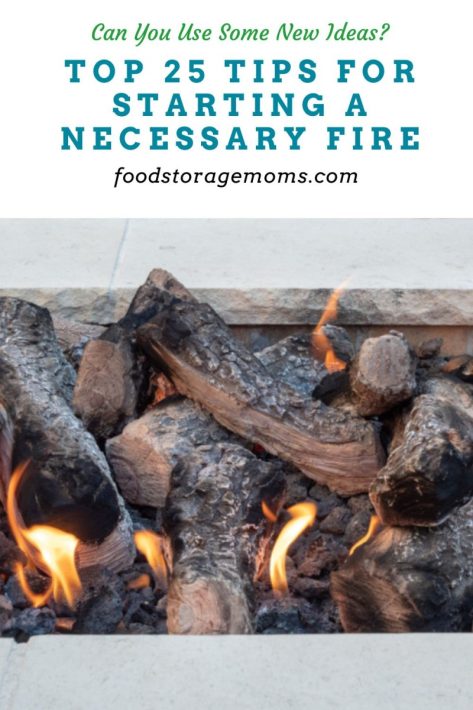
Top 25 Tips for Starting a Necessary Fire
1. Know the Basics of Fire Triangles
A fire requires three elements to burn: heat, fuel, and oxygen. Understanding this fire triangle is essential for starting and maintaining a fire. If any of these elements are removed, the fire will not start and will go out.
2. Choose the Right Location
Select a safe and suitable location for your fire. Look for a clear, flat area away from overhanging branches, dry grass, and other flammable materials. If available, use existing fire rings to minimize environmental impact.
3. Prepare a Fire Pit
Dig a small pit and surround it with rocks/stones to prevent the fire from spreading. The stones also help reflect heat. Ensure there’s enough space to build and manage your fire safely. How To Start A Fire In A FirePit
A backyard or any outdoor fire pit provides a lower risk of losing control of the fire, causing personal injury, and a way to contain the fire within limits. Fire pit safety is a significant factor for families with kids around. Children are fascinated by fire and often try to get closer than they should. At least the wood fire pit with rocks will help maintain a boundary that you can use to set limits regarding proximity.
4. Gather Your Materials
Collect three types of materials: tinder, kindling, and fuelwood. Tinder should be fine and dry, kindling should be small sticks, and fuelwood should be larger logs. Gather more than you think you’ll need so you’re not out looking for new fuel in the dark or when it’s wet and stormy.
Once gathered, you can place the different types of wood in their own piles, so you’ll have a tinder pile, a kindling pile, and a pile of larger logs for the main fuelwood stack.
5. Use Dry Materials
Dry materials ignite and burn more quickly than damp ones. When possible, collect materials that have been sheltered from rain or snow. If at home, you can use handy materials like dryer lint, dry leaves, cardboard, clippings and twigs from your bushes, etc. If out in the wild, you not only have dry leaves, but you can use dry tree bark, pine needles, pine cones, dead branches, and even whole dead trees if more petite in size.
Gathering pieces of firewood can be a fun family activity as part of your campout and campfire weekend adventure. Have younger family members gather the small pieces of firewood like tinder material and kindling. The older and stronger ones can be your helpers to gather the larger pieces of wood. These heavier pieces of fuelwood would be branches and logs.
6. Create a Tinder Bundle
Make a tinder bundle from fine, dry materials like dried grass, leaves, or bark shavings. The bundle should be loose enough to allow airflow but compact enough to catch a spark.
7. Build a Fire Lay
There are several ways to lay your fire, such as the teepee shape, log cabin, pyramid, and lean-to. Each method has its advantages. Experiment to find what works best in your situation. At our home, we usually use the teepee structure since it seems easy to make a wood-burning fire with that fire structure.
8. Use Fire Starters
Fire starters, like cotton balls soaked in petroleum jelly or commercial fire starters, can make ignition easier. Keep some in your survival kit for emergencies. Types of Fire Starters to Stock: You need to be cautious about where you store the fire starter materials or containers due to their high flammability!
9. Strike a Spark
Use fire steel, matches, or a lighter to ignite your tinder bundle. Fire steel can work even when wet, making it a reliable tool for outdoor survival. I like the igniters that are small, light, and have a nozzle so your hands are kept at a safer distance from the fire as it starts.
10. Blow Gently on the Fire
Once you have a spark, gently blow on it to provide oxygen. Be careful not to blow too hard, which could extinguish the flame. Patience and gentle puffs can help the fire grow.
11. Gradually Add Kindling
As the tinder catches fire, gradually add kindling on top of the tinder. Start with small sticks and slowly increase their size. Adding too much too quickly can smother the fire. This approach creates layers so the flames reach up and ignite the larger pieces.
12. Transition to Larger Fuel
Once your kindling is burning well, add more significant pieces of fuelwood. Place them carefully to ensure airflow, which is critical for maintaining a solid fire. Emergency Fuel To Store For Survival
13. Use a Fire Reflector
If you’re using the fire for warmth, build a reflector from logs or rocks to reflect the heat towards you. This makes the fire more efficient in providing warmth.
14. Keep Firewood Dry
Store extra firewood under a tarp or in a dry spot like under your deck to keep it from getting wet. Dry wood burns hotter and more efficiently than damp wood. The Best Way to Dry Firewood Quickly
15. Know How to Use a Bow Drill
A bow drill is an older tool but effective fire-starting tool. Learn how to use it, as it can be a lifesaver if you don’t have modern tools available.
16. Understand Different Fire Lays
Different situations call for different fire lays. A teepee fire is great for quick warmth, while a log cabin fire burns longer and more steadily.
17. Carry Multiple Ignition Sources
Never rely on a single method for starting a fire. Carry multiple ignition sources, such as waterproof matches, a lighter, and fire steel.
18. Learn to Use a Fire Steel
A fire steel (ferrocerium rod) is a reliable tool that produces sparks even when wet. Practice using it to create sparks that can ignite your tinder. Learn to use it at home BEFORE you get out in the wild and hope it will work as planned.
19. Practice in Different Conditions
Fire-making skills should be practiced in various conditions, including wet, windy, and cold environments. This ensures you’re prepared for any situation.
20. Use Natural Fire Starters
Natural fire starters like pine resin, birch bark, and fatwood are excellent for starting fires. Learn to recognize and use these materials in the wild. 15 Different Ways to Make Fire Starters
21. Build a Windbreak
If you’re dealing with windy conditions, construct a windbreak using rocks, logs, or other materials. This helps protect your fire and maintain its heat.
22. Conserve Your Matches
If using matches, conserve them by striking only one at a time. Shield the fire pit from the wind to ignite your tinder quickly. Matches: A Versatile Tool for Prepping
23. Keep Your Fire Small
A small, well-maintained fire is safer and more manageable than a large, uncontrollable one. It also requires less fuel and is easier to extinguish.
24. Extinguish the Fire Properly
Always have a bucket of water or a pile of sand on hand to extinguish your fire completely. Stir the ashes and ensure no embers remain that could reignite. Fire Extinguishers: More Important than a Gun?
It’s easy to have a shovel handy at home, but you’ll want to purchase a small foldable shovel to take on camping trips, particularly if you plan to hike into your camping spot. The shovel is not only useful for digging the fire pit, but comes in really handy when putting the fire out, putting dirt on the fire to help extinguish it, and spreading the ashes when safe to do so.
It’s also a great idea to have a fire extinguisher handy just in case the fire gets out of hand.
25. Leave No Trace
Adhere to Leave No Trace principles by cleaning up your fire site. Ensure all ashes are cold, scatter them if appropriate, and leave the area as you found it.
More Tips
- Fire Emergency Preparedness: Make a Plan
- Why You Should Be Careful Around Fire Ants
- 25 Creative Ways to Use Outdated Sugar
Final Word
Starting a fire is a critical skill for outdoor enthusiasts and survivalists. Safety always comes first, so never leave a fire unattended and extinguish it properly before leaving. What tips would you add to this list? May God Bless this World, Linda
Copyright Images: Fire Pit Made With Rocks Depositphotos_7641274_S By Prill, Fire With Logs Burning Depositphotos_217590068_S By Davidtran07

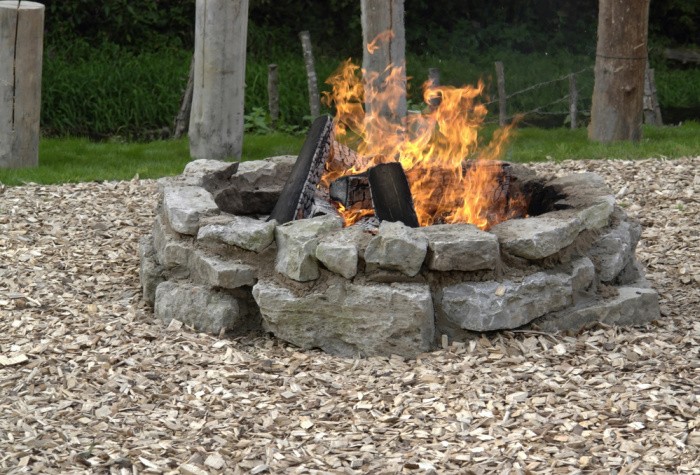


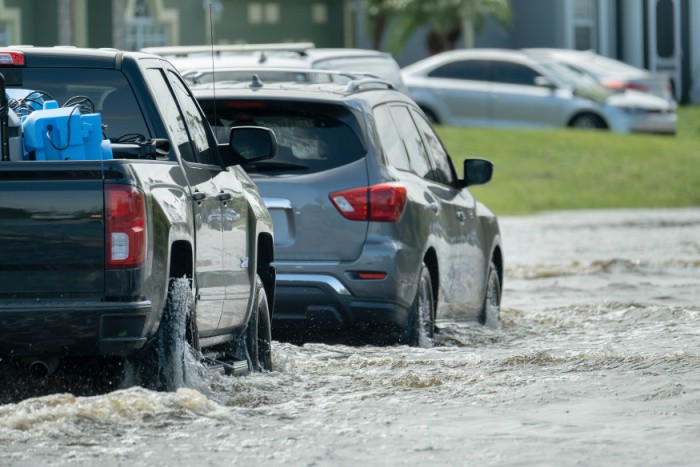


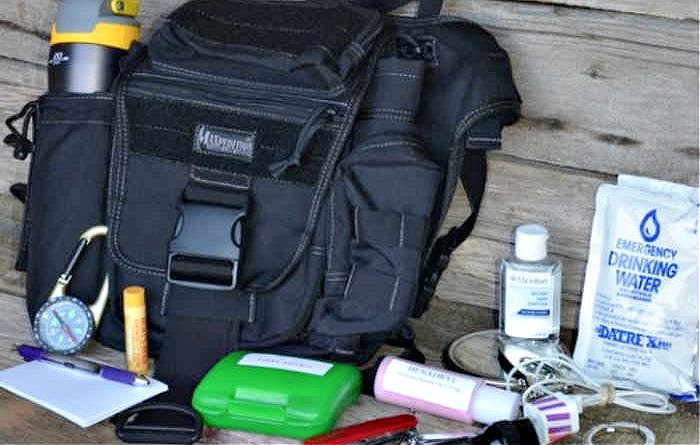
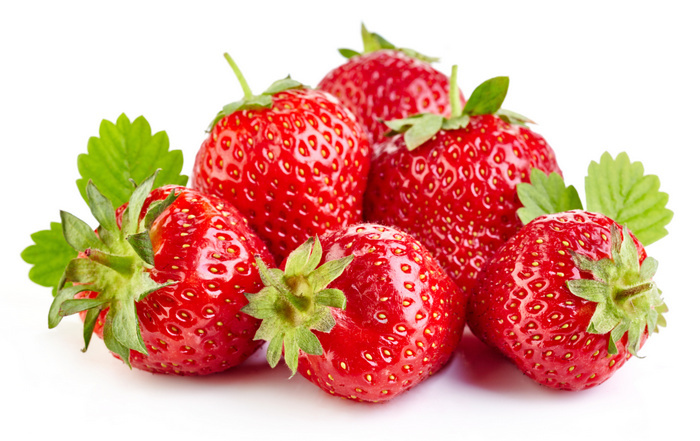













Practice in the rain and immediately afterwards. The tops of grasses dry quickly and the base holds moisture.
Pull back bark for dryer wood.
Learn to build a top for the fire so the rain doesn’t extinguish it.
Learn to feather wood, instead of using cotton balls look for the fluff the wild. Cattails, dried nettle flowers, cottonwood seed piles etc.
Hi Matt, oh I like this idea in the rain. I started a fire in the snow, but it had settled. If families have never gone camping they may not know how to start a fire when they need one. Love your ideas as always, thank you so much! Linda
I’ve actually gotten really good at starting fires. I love all of these tips and thanks for sharing.
Hi Jessica, oh I love hearing, this, thank you! So many people do not know how to start a fire if they needed one. Linda